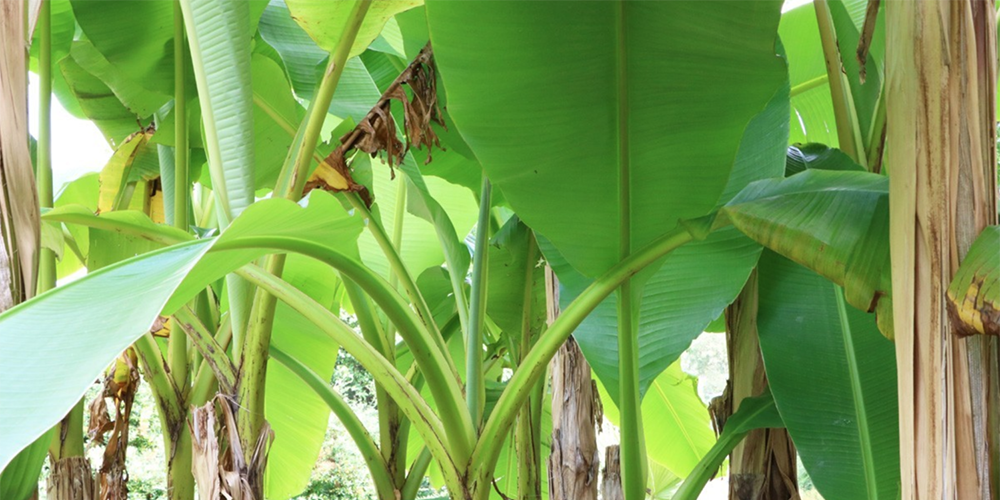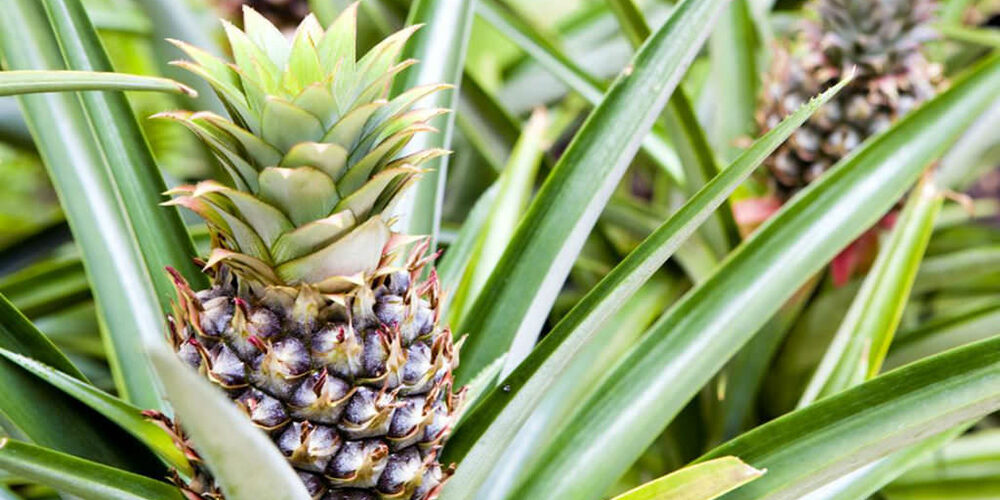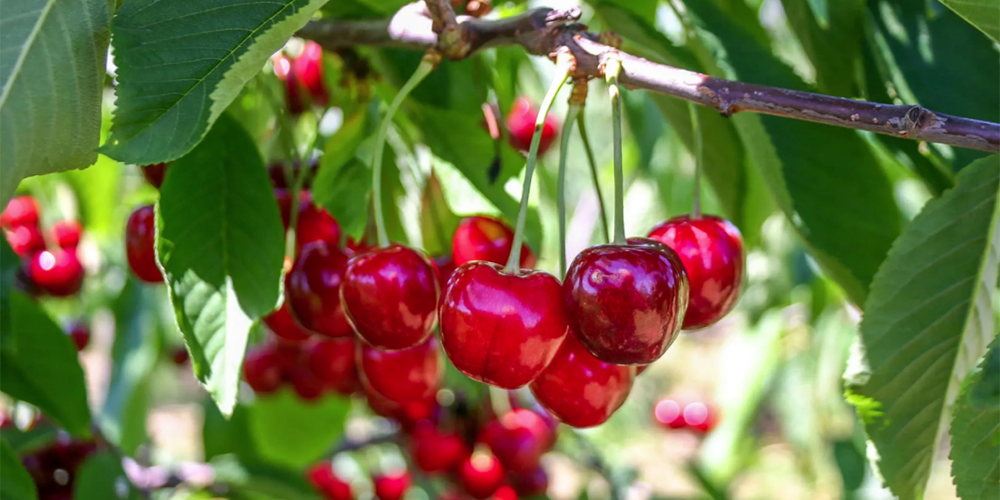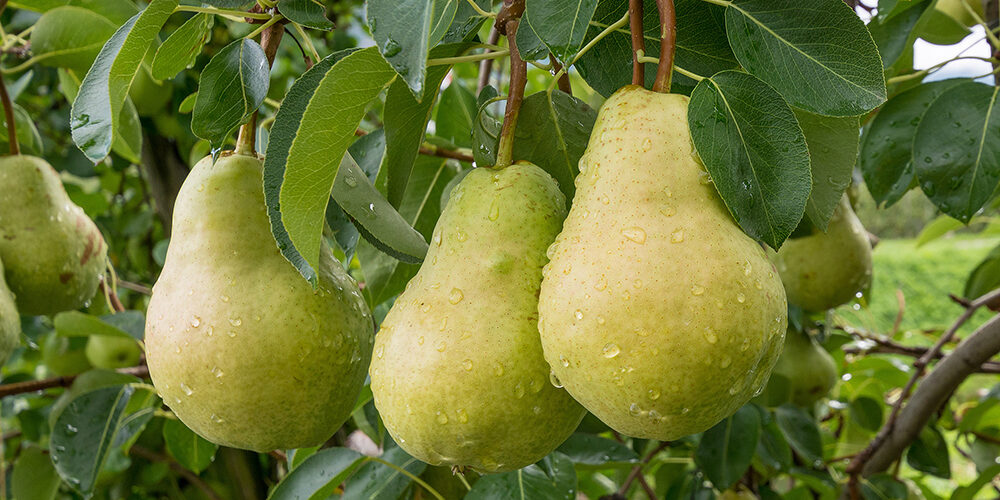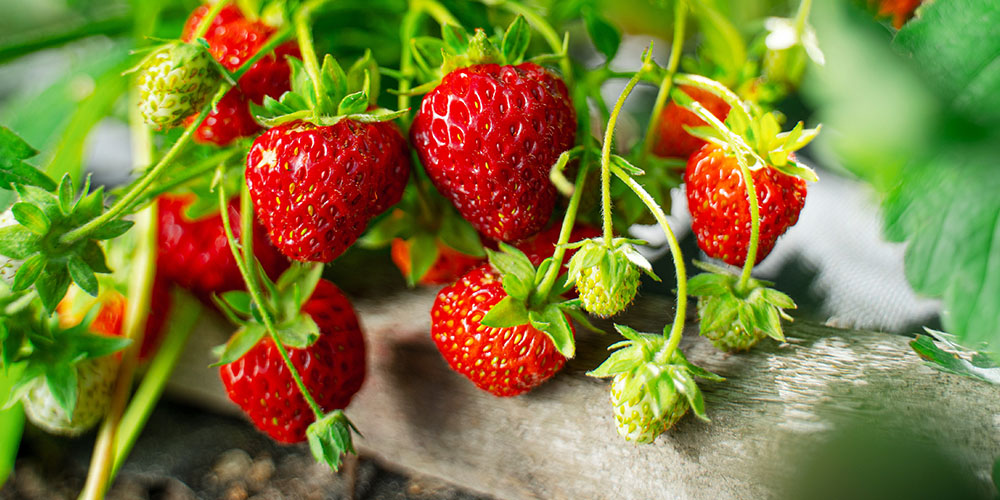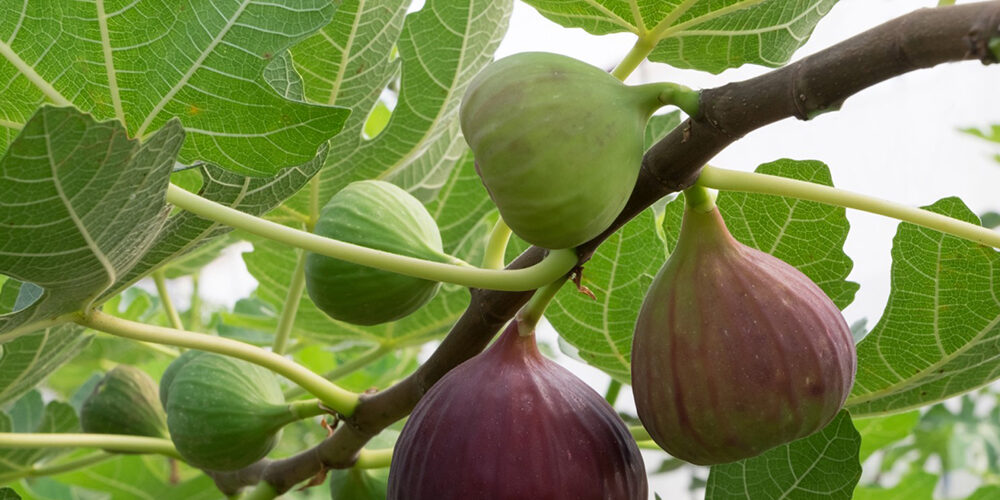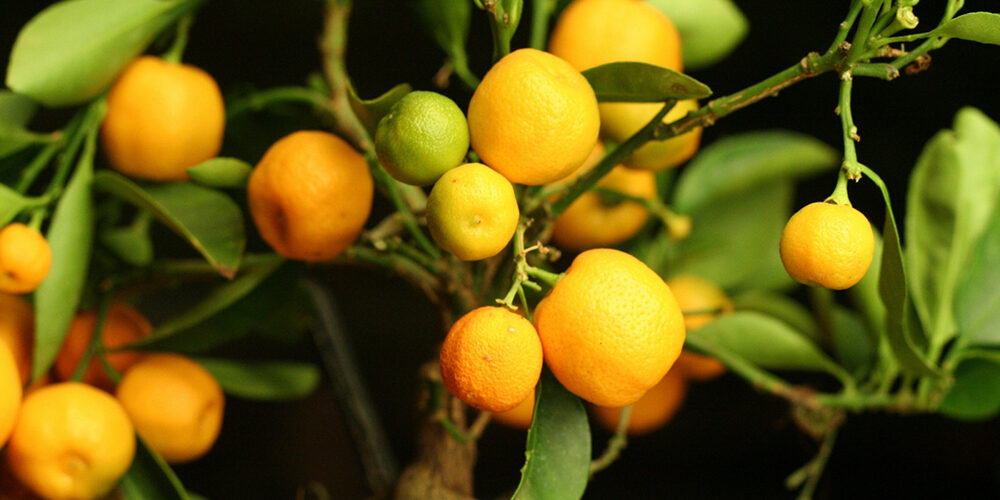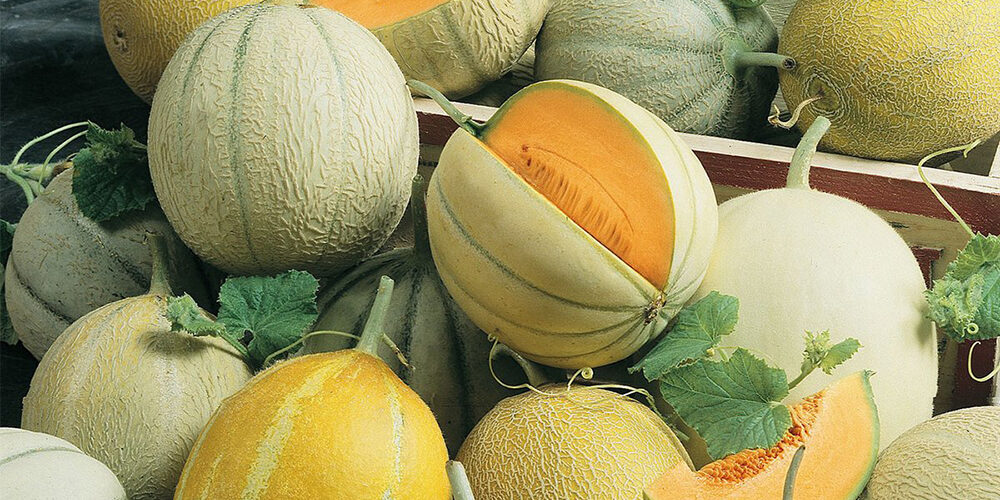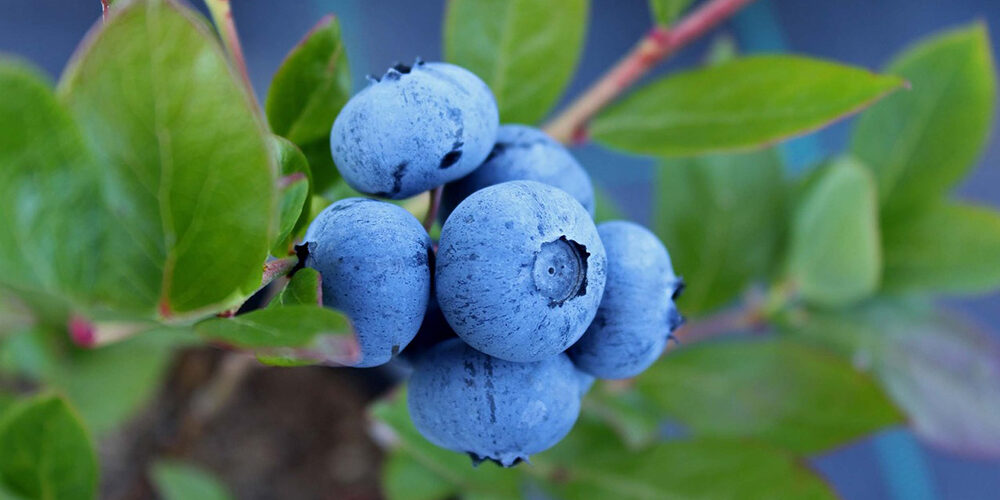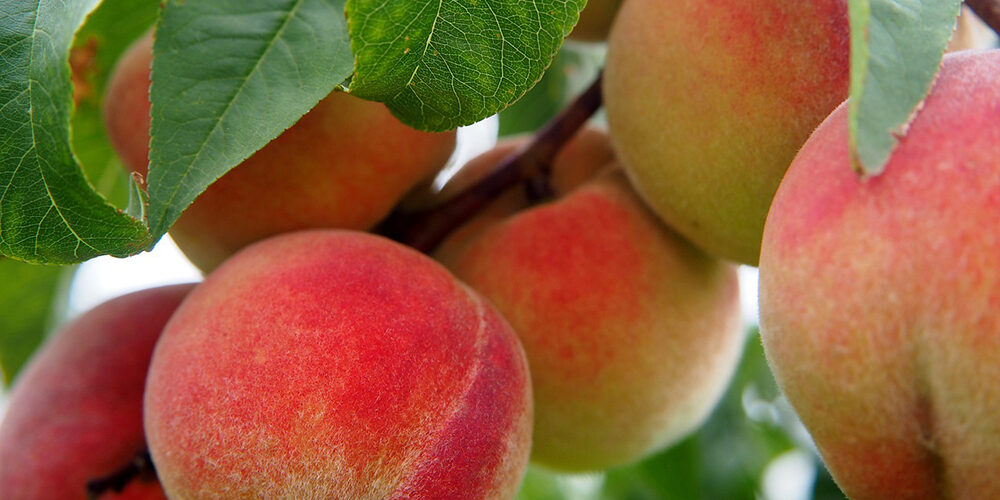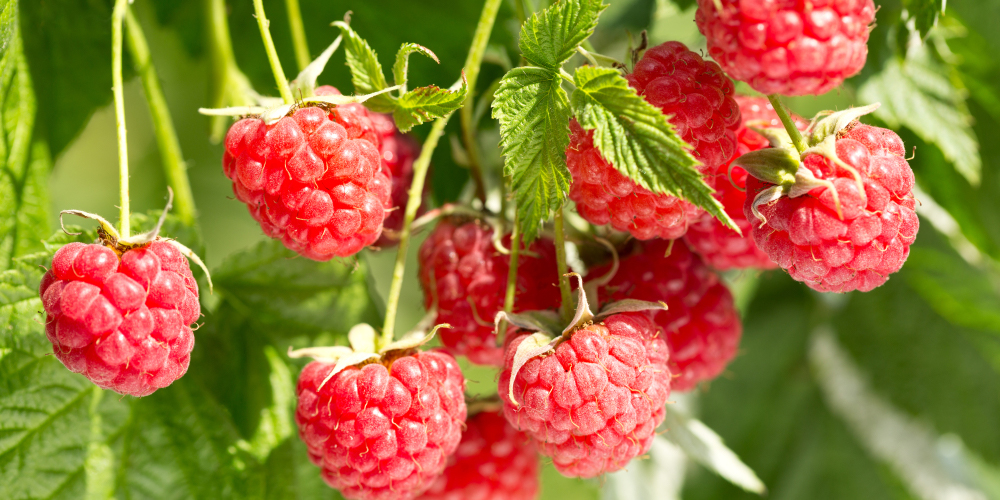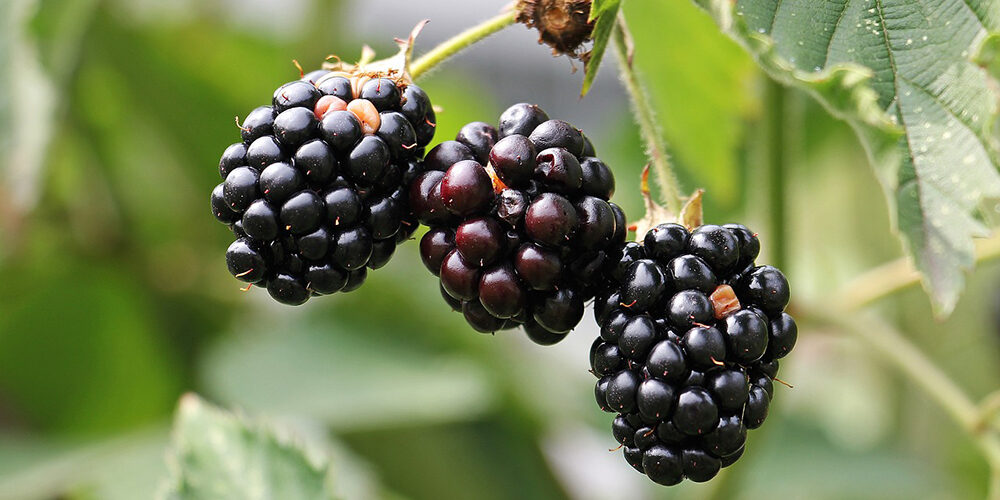Fruits
Banana plant houseplant? That’s right. If you are not fortunate enough to live in a warm region where you can grow this tropical plant outdoors, then why not grow an indoor banana plant (Musa oriana) instead. With enough light and water, an indoor banana tree makes an excellent houseplant. A banana plant houseplant offers interesting […]
Rooting pineapple indoor takes a couple of months, and it’ll likely take two to three years to get fruit, but in the meantime, you can enjoy the spiky tropical foliage and the fun of growing a tropical treat. About Pineapples Pineapples are a type of bromeliad, which makes them a cousin to Spanish moss and the […]
Sweet cherries are the variety most often found in markets. They have a thick, rich, and almost plumb-like texture. Sweet cherries grow in hardiness zones 5 to 7; they are self-sterile and best for an orchard or a large garden. You’ll need at least two or three trees, as they’ll need to pollinate each other. However, a recent and exciting […]
Pears are easy to fit into small yard spaces, and attractive, and require very little care once established. Growing pears is generally easier than growing apples, as they have less pest and disease issues. Two cultivars are generally needed for successful pollination and fruit set. Most pear trees are not self-pollinating. There are many different types […]
Homegrown strawberries are far more flavorful than what you’ll ever find in a grocery store. Why? The sugar in berries converts to starch soon after it’s picked. Plus, strawberries are probably the easiest of the fruits to grow! The good news is that strawberries are relatively easy to grow if you keep them in a […]
Figs are a delicious treat that thrive in warm climates, but can also be grown in more temperate regions with a bit of extra care. Figs thrive in areas with long and hot summers (Zones 8 and warmer), though they can also be grown in colder zones if grown in containers and properly insulated from […]
Although Citrus is a subtropical genus, northern gardeners can grow lemons, oranges, and other citrus trees in containers to enjoy fresh citrus fruit. Standard-size grapefruit and orange trees can grow 18 to 22 feet tall, whereas dwarf varieties only grow 8 to 12 feet tall. Most citrus varieties are self-fertile, so only one tree is needed for fruit production. On average, fruit bearing begins […]
Cantaloupes, or muskmelons, are a delicious, heat-loving fruit with a relatively long growing season, making them especially well-suited for southern gardeners. What is commonly referred to as a ‘cantaloupe’ is not actually a true cantaloupe—rather, a type of muskmelon. (True cantaloupe has a rough, warty rind and is not widely grown or commercially available in the US.) […]
Plump, juicy blueberries are now easy to grow in your backyard on bushes that are resistant to most pests and diseases, and can produce for up to 20 years. Did you know that the modern blueberry is a 20th-century invention? Before the 1900s, the only way to enjoy these North American natives was to find […]
To grow peaches, the trick is to choose a type that will fit with your climate. Peach trees can be grown in USDA Zones 4 to 9, but do especially well in Zones 6 to 8. If you live in one of these latter zones, you can focus on choosing a variety based on its flavor and harvest-time. If you […]
In a small space, raspberries yield a phenomenal quantity of ravishing berries—and they fruit year after year with proper care. Raspberries can be harvested all the way from midsummer through to the first frost. They are delicious and often used in many dessert recipes. See raspberry ripple ice cream pie. There are two types of […]
Blackberries, like raspberries, are a very easy berry to grow. Once this native berry is ripe, get ready for an abundant harvest, picking every couple of days! Here’s how to grow and harvest blackberries in your backyard. Basically, there are three types of blackberries: Erect thorny blackberries Erect thornless blackberries Trailing thornless blackberries Erect blackberries are bushes that support themselves, while the trailing […]
